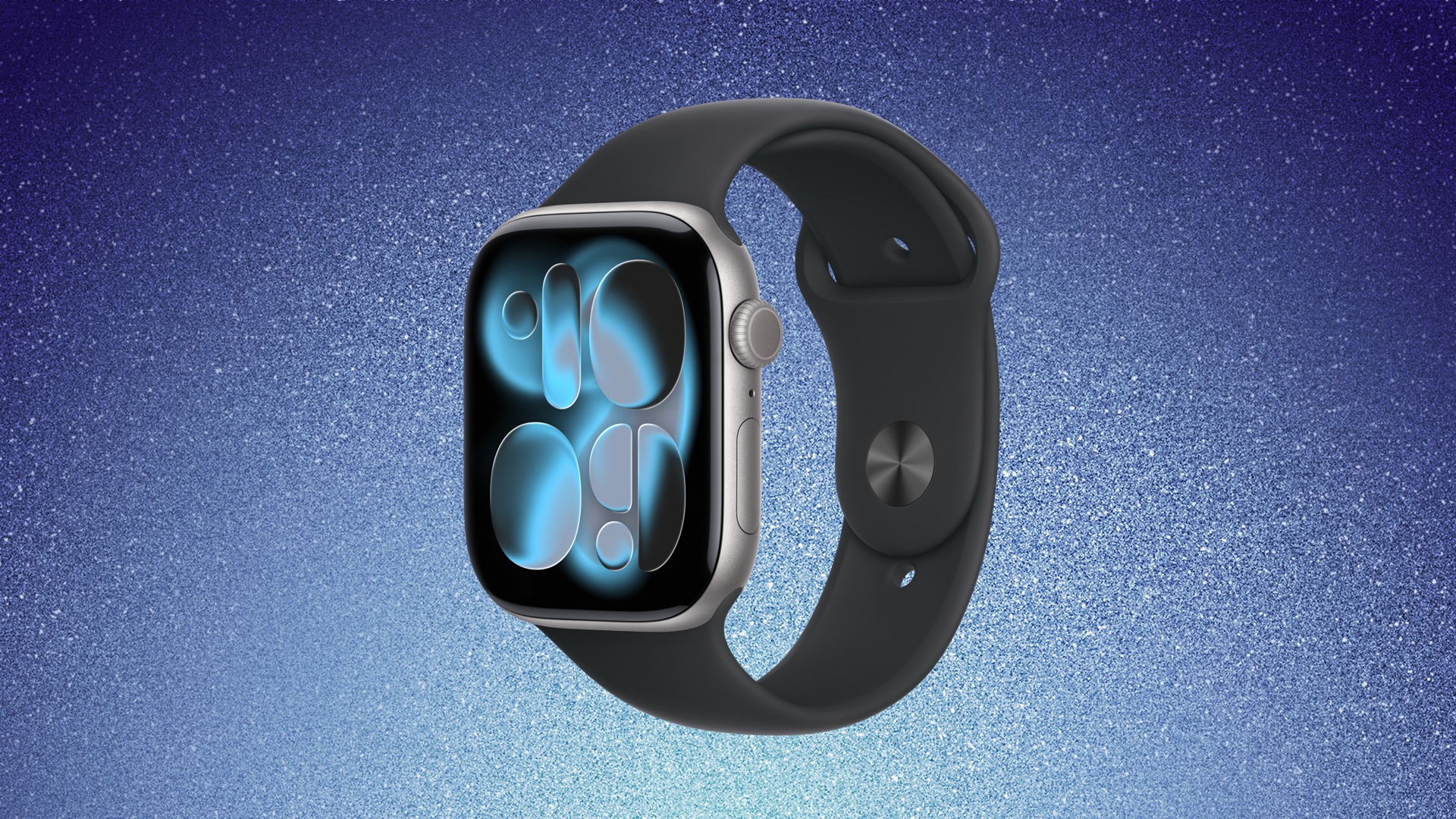|
At every CES I've ever been to, there's been one or two gadgets promising to boost your mental health. In recent years, the number of companies making forays into this space has grown, and will likely continue to do so in the future. Could it be, much like the number of people wearing heart-monitoring wearables today, everyone will be strapping an EEG to their skulls a decade or so down the line? It's more likely than you think, so it's worth asking what these devices are good for, what benefit they could bring, and where does the science end and the hype begin.
An Electroencephalogram (EEG) is a clinical tool to monitor the electrical activity of our brains. Put very simply, our minds are constantly moving ions around, and when they reach the scalp, it's possible to measure those ions. By placing electrodes on the scalp, you can record the changes in voltages pushed out by our brains more or less in real time. These voltages are commonly grouped into categories, which are often described as brain waves. Each one represents a different state of mind: Gamma (hard thinking), Beta (anxious or active), Alpha (relaxed), Theta (creative, or dreaming) and Delta (asleep).
Professor Karl Friston at University College London is one of the world's most influential neuroscientists and an expert in brain imaging. He explained that these technologies can be used to diagnose issues both in the structure and function of the brain. And while there are many technologies which can look at how our brains work, "we're a long way away from understanding the brain like we understand the heart." Broadl
|
|
 Even without any announcements from Apple, CES dominated tech news this week with a host of upcoming products and technologies being demonstrated at the annual expo in Las Vegas. Even without any announcements from Apple, CES dominated tech news this week with a host of upcoming products and technologies being demonstrated at the annual expo in Las Vegas.
|
|
If you received a bunch of password reset requests from Instagram recently, you're not alone. As reported by Malwarebytes, an antivirus software company, there was a data breach revealing the "sensitive information" of 17.5 million Instagram users. Malwarebytes added that the leak included Instagram usernames, physical addresses, phone numbers, email addresses and more.
The company added that the "data is available for sale on the dark web and can be abused by cybercriminals." Malwarebytes noted in an email to its customers that it discovered the breach during its routine dark web scan and that it's tied to a potential incident related to an Instagram API exposure from 2024.
The reported breach has resulted in users receiving several emails from Instagram about password reset requests. According to Malwarebytes, the leaked information could lead to more serious attacks, like phishing attempts or account takeovers. Meta hasn't released an official statement about the latest incident, but it's not the first time Instagram's parent company has been in hot water for data breaches. If you haven't already, it's always a good idea to turn on two-factor authentication and change your password. Even better
|
|
Today marks the 20th anniversary of the introduction of the MacBook Pro, unveiled by Steve Jobs as a "One More Thing" segment at the end of his Macworld San Francisco keynote on January 10, 2006.
|
|
The Federal Communications Commission has approved SpaceX's request to deploy an additional 7,500 Gen2 Starlink satellites, allowing the company to launch 15,000 in all. It has also allowed SpaceX to upgrade its Gen2 satellites with "advanced form factors and cutting-edge technology," to operate across more frequencies and to add more orbital shells to optimize coverage and performance. This approval will give the company's fleet a boost and will allow it to offer internet and mobile services to more parts of the globe. The satellites will also enable SpaceX to offer "direct-to-cell connectivity outside the United States and supplemental coverage" within the US.
In the United States, SpaceX has a partnership with T-Mobile, which gives its subscribers access to satellite-to-phone services. It enables subscribers to send texts and access compatible apps even in remote locations. The companies are also planning to roll out voice calls over satellite in the future.
As Ars Technica notes, the FCC's announcement comes after SpaceX revealed that it was moving 4,400 satellites from an altitude of 341 miles down to 298 miles to reduce the risk of collision.
|
|
 Amazon and Best Buy this weekend have all-time low prices on the Apple Watch Series 11, with $100 discounts across numerous models of the smartwatch. Amazon and Best Buy this weekend have all-time low prices on the Apple Watch Series 11, with $100 discounts across numerous models of the smartwatch.
|
RELATED ARTICLES | | |
|
 In a letter to Apple CEO Tim Cook and Google CEO Sundar Pichai, U.S. Senators Ron Wyden, Ben Ray Lujan, and Edward Markey have requested that Apple and Google remove X Corp's X and Grok apps from their app stores over recent incidents of "mass generation of nonconsensual sexualized images of women and children." In a letter to Apple CEO Tim Cook and Google CEO Sundar Pichai, U.S. Senators Ron Wyden, Ben Ray Lujan, and Edward Markey have requested that Apple and Google remove X Corp's X and Grok apps from their app stores over recent incidents of "mass generation of nonconsensual sexualized images of women and children."
|
|
 Spam and cold calls have become such a nuisance that many people simply don't answer their phone unless they recognize the number. In iOS 26, though, you can learn about who's calling before you respond, thanks to a clever feature that intercepts unknown calls and asks the caller to identify themselves before your iPhone even rings. Spam and cold calls have become such a nuisance that many people simply don't answer their phone unless they recognize the number. In iOS 26, though, you can learn about who's calling before you respond, thanks to a clever feature that intercepts unknown calls and asks the caller to identify themselves before your iPhone even rings.
|
|
Anker rolled out a bunch of new chargers and other gear at CES 2026, including a cute one that's already on sale. The new Nano charger with smart display, which is an upgrade to the existing Nano charger in Anker's lineup, is on sale for $30 right now while you can pre-order it. That's $10 off the regular MSRP, and shipments will start going out on January 20.
The 45W charger includes a smart display that shows real-time data like power flow, temperature and charging status. It also features "fun animations to keep things cheerful." Anker says it can recognize what's being charged and automatically adjust certain metrics to ensure a longer battery lifespan.
To that end, it works with just about everything. The company advertises that this charger is a good fit for the iPhone, Apple Watch, AirPods and Samsung devices, among others. The new Nano Charger is on the smaller side, with dual folding prongs that rotate to fit most outlets.
The deal does require a coupon code, but it's auto-applied at checkout. If that doesn't work, it's WS24D5XT3DV9. We haven't gotten a chance to try this one yet, but it looks promising.
This article originally appeared on Engadget at https://www.engadget.com/deals/the-new-anker-45w-nano-charger-with-smart-display-from-ces-is-10-off-already-160707620.html?src=rss
|
|
 Google today made three Gmail AI features free for all personal account holders in the United States, removing the subscription requirement that previously locked them behind its Google AI Pro or Ultra tiers. Google today made three Gmail AI features free for all personal account holders in the United States, removing the subscription requirement that previously locked them behind its Google AI Pro or Ultra tiers.
|
|
 Apple is moving its store in Downtown Montréal, with the new location set to open on Friday, January 16, at 10 a.m. local time, according to iPhone in Canada. Apple is moving its store in Downtown Montréal, with the new location set to open on Friday, January 16, at 10 a.m. local time, according to iPhone in Canada.
|
|
This development showcases how AI companies are borrowing successful engagement strategies from social media giants
The post OpenAI Debuts Personalized Year-in-Review ChatGPT Experience for Users appeared first on eWEEK.
|
|
